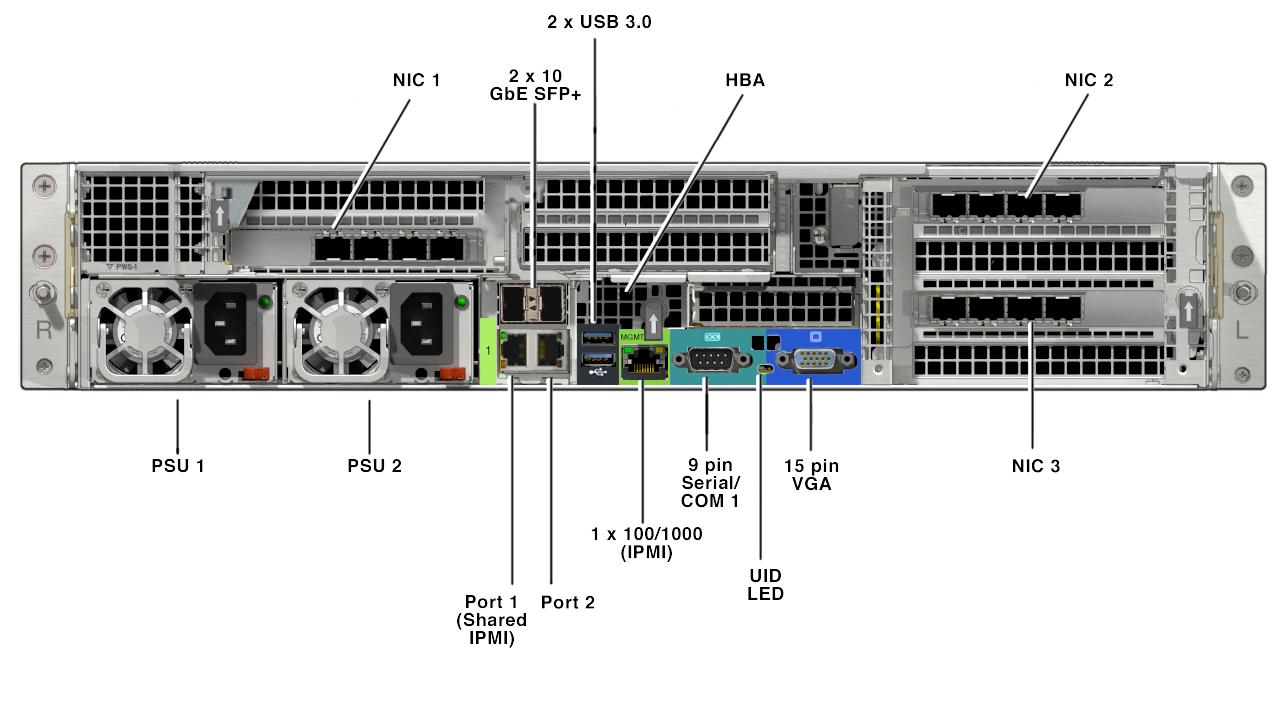Dear Nutanix community,
Wondering if instead of a 10G/1G data port, you can use the 10Gb Shared IPMI port for Foundation imaging?
Regards,
 +1
+1Dear Nutanix community,
Wondering if instead of a 10G/1G data port, you can use the 10Gb Shared IPMI port for Foundation imaging?
Regards,
Best answer by bcaballero
Hi guys!
If you use the shared IPMI port on the nodes to perform the foundation it should work but my personal recommendation is to use always with NX hardware one cable to the dedicated IPMI port and another to the shared IPMI port. Sometimes i get foundation errors when using only the shared one. Another thing to bear in mind is to review if the LAN interface comes preconfigured as failover (it should).

On the other hand when you are performing a foundation nodes reboot into phoenix to perform the installation.
Hope this helps
Regards!
Enter your E-mail address. We'll send you an e-mail with instructions to reset your password.